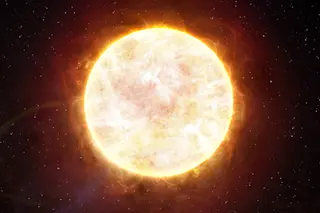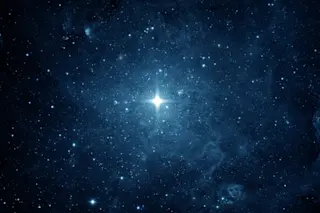If the Earth were molten when it the impact occurred, it might be able to produce the moon we see today. (Credit: NASA/JPL-Caltech) For the past few decades, if you asked an astronomer how the moon was created, nearly all of them would tell you that a Mars-sized world nicknamed Theia crashed into the early Earth, sending a cloud of debris high into space where it coalesced into our silvery satellite. And there's strong evidence to support this idea. But dig deeper, and you'll find nagging problems with the theory. Almost all models of the giant impact imply that the moon should still contain a lot of Theia. But the more researchers study the chemical makeup of rocks from Earth and the moon, the more the two bodies seem alike, with no sign of Theia's chemical fingerprints. Now, a new study has re-imagined that impact with Theia slamming into an ...
Magma Ocean Covered Earth Before Moon-forming Impact
Explore the moon formation theory suggesting a molten Earth during the Theia collision could explain the moon's unique composition.

Newsletter
Sign up for our email newsletter for the latest science news
More on Discover
Stay Curious
SubscribeTo The Magazine
Save up to 40% off the cover price when you subscribe to Discover magazine.
Subscribe












